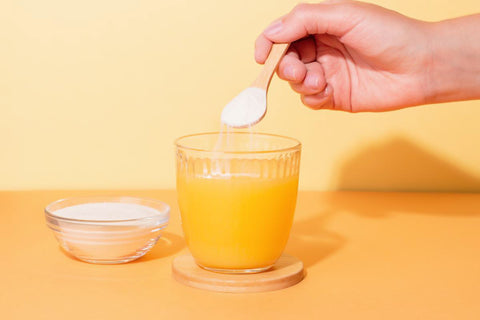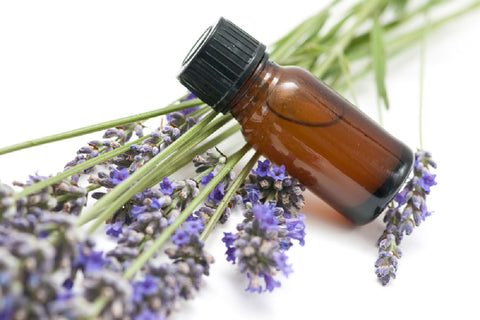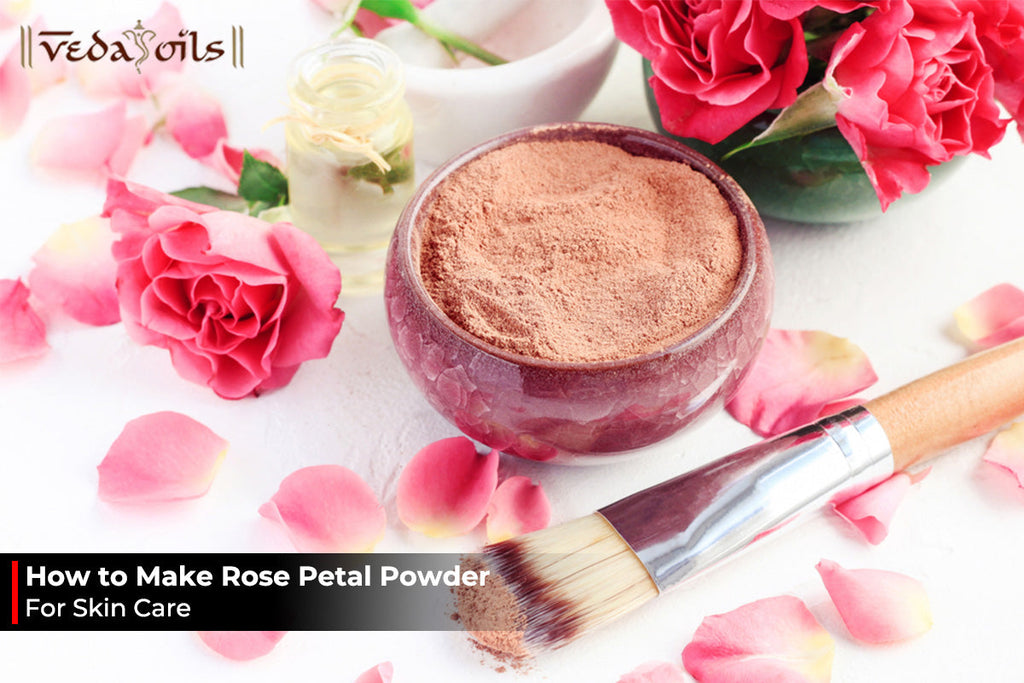How To Make Vitamin C Face Cream
Vitamin C stands as a renowned anti-ageing powerhouse within the realm of cosmetics, often gracing the formulations of upscale skincare products. Yet, beneath its association with luxury lies a fundamental truth: vitamin C, also known as 'ascorbic acid,' is a pivotal antioxidant—a fact that often escapes the awareness of many. Embark on a journey to enhance your skin's vitality by following this rejuvenating recipe.

Unlocking the Potential: Homemade Vitamin C Face Cream. The significance of ensuring an adequate intake of vitamin C is underscored by its direct influence on the body's ability to naturally produce optimal levels of collagen. Beyond conventional sources such as diet and supplements, a captivating alternative lies in crafting your own DIY vitamin C face cream. This homemade potion not only supplements your vitamin C intake but also actively contributes to fostering natural collagen formation.
Homemade Vitamin C Cream For Face
Vitamin C is essential for skin health because of its antioxidant effects on the skin. Consider all of the things our skin has to deal with regularly - Dust, pollution, UV radiation... The list is never-ending! Vitamin C assists in skin cell repair and regeneration. This process of healing and renewal keeps our skin young and healthy.
Vitamin C Face Cream Ingredients
Vitamin C is often advertised as an anti-aging and wrinkle lotion with good cause. In addition, vitamin C aids in skin tightening and whitening. The rest of the ingredients that we have used in the DIY vitamin C face cream recipe are super easy to find and inexpensive. Here is a list of all the ingredients that you will require.

- Vitamin C Powder - ½ Teaspoon
- Water - 5 Teaspoons
- Sweet Almond Oil - 3 Teaspoons
- Virgin Olive Oil - ½ Teaspoon
- Geranium Essential Oil - 3 Drops
- Lavender Essential Oil - 3 Drops
- Beeswax - 2 Tablespoons
- Vitamin E Oil - ¼ Teaspoon
- Shea Butter - 1 Teaspoon
Know Vitamin C Cream For Face Ingredients
Apart from the benefits of Vitamin C for the skin, which have been discussed above, all the other ingredients used in our DIY Vitamin C face cream recipe provide some of the other great benefits for the skin. Read on to find out about the contributions of each of the ingredients.

- Vitamin C Powder: Vitamin C is a well-known antioxidant in skincare. This antioxidant has various roles in the skin, including aiding collagen formation, reducing hyperpigmentation, and neutralising free radicals. In addition, it protects skin cells from environmental damage and brightens the overall skin complexion.
- Sweet Almond Oil: Sweet almond oil can help with skin tone and colour. In addition, Sweet almond oil can be used to treat acne since it is antimicrobial and high in vitamin A. Its high vitamin E content can also aid in the healing of sun damage, reducing ageing indications, and the fading of scars.
- Virgin Olive Oil: Virgin olive oil is high in beneficial vitamins, lipids, and antioxidants, which can help you have better-looking skin. It hydrates skin by trapping in moisture, and its antioxidants may aid to reduce the appearance of wrinkles. It also promotes wound healing.
- Geranium Essential Oil: Geranium essential oil is used dermatologically to minimise the appearance of fine lines and wrinkles by naturally firming the skin. It minimises many major signs of ageing skin since it tightens skin naturally without losing hydration and suppleness. It can reduce wrinkles quickly and effectively.

- Lavender Essential Oil: When it comes to curing skin disorders, burns, and wounds, lavender essential is undoubtedly the most popular essential oil. The lavender essential oil may help decrease redness, soothe and relax the skin, and quickly heal small cuts and scrapes and any rashes, thanks to its anti-inflammatory, antifungal, antibacterial, and detoxifying properties.
- Beeswax: Beeswax moisturises, conditions, relaxes and soothes the skin. It exfoliates, heals damage, stimulates skin regeneration, reduces the appearance of wrinkles, calms itching and irritation, and provides a moisturising, long-lasting barrier against environmental contaminants. In addition, it can form a protective barrier over the skin's surface.
- Vitamin E Oil: Vitamin E provides significantly longer moisture retention between your skin cells than products that do not include it. As a result, it can keep you hydrated for up to 16 hours. In addition, it's an antioxidant that helps the skin recover from sunburn, inflammation, and damage.
- Shea Butter: Shea butter is a wonderful moisturiser for both the face and body. It can also help soften and supple the skin on your hands and feet. In addition, it readily enters the skin without blocking pores and is suitable for dry skin.

DIY Vitamin C Face Cream Recipe - Step By Step
Vitamin C is an all-star component when it comes to skin care. It can help prevent future sun damage, but it can also aid with hyperpigmentation. Therefore, vitamin C should be included in your regular regimen if you have a dull complexion. Here is the stepwise recipe for making your own Vitamin C face cream.
Step 1: Make a vitamin C powder and distilled water combination. Combine 12 teaspoon vitamin C powder and 5 teaspoons purified water in a glass container because vitamin C powder takes time to dissolve; mix it well. It should be stirred repeatedly until completely dissolved, with no gritty particles remaining in the liquid.
Step 2: Toss 3 teaspoons of almond oil into the mix. 1/2 teaspoon virgin olive oil should be added to the mixture. Add three drops of geranium essential oil to the mix. Add three drops of lavender essential oil to the mix.
Step 3: Toss in 2 tablespoons of beeswax. Add in ¼ teaspoon of vitamin E oil. Add in 1 tablespoon of shea butter. Simmer the mixture after adding all of the oils. Simmer the contents of the glass jar in a saucepan filled with 3–4 inches (7.6–10.2 cm) of water.

Step 4: To make a smooth and easy-to-apply formulation, fully combine all components. Allow the components to melt in the jar without the lid. Stir once in a while. Pour the contents into a small glass jar once it has melted and is properly blended. Allow it to cool to room temperature before using.
Step 5: To store your cream, transfer it to an apothecary bottle or keep it in the jar. Transfer the cream to an apothecary bottle or preserve it in its jar until it has set. Then store it in the refrigerator. The vitamin C cream has a two-week shelf life.
How to Apply Vitamin C Cream: Apply the face cream to your skin, gliding it on smoothly and gently massaging it with slightly strong pressure.
Conclusion
Vitamin C has several benefits for the skin - from protection from damaging UV radiation to evening and brightening the complexion. Combining vitamin C with other topical compounds, such as essential oils, vitamin E, and others, can help reduce redness and protect the skin from long-term damage caused by damaging sun rays. This DIY Vitamin C face cream can do wonders for your skin without any side effects.
You May Also Like:
Buy Products
-
 Geranium Essential Oil
Geranium Essential Oil -
 Lavender Essential Oil
Lavender Essential Oil -
 Shea Butter
Shea Butter -
 Vitamin E Oil (Tocopheryl Acetate)
Vitamin E Oil (Tocopheryl Acetate) -
 White Beeswax
White Beeswax
Related Articles
-
 How to Make Marble Candles | DIY Marble Pillar Candle
How to Make Marble Candles | DIY Marble Pillar Candle -
 DIY Tanning Oil - Best Homemade Recipes For Tan Removal
DIY Tanning Oil - Best Homemade Recipes For Tan Removal -
 Homemade Mustache Wax: Best DIY Recipe With Natural Ingredients
Homemade Mustache Wax: Best DIY Recipe With Natural Ingredients -
 Kojic Acid vs. Glycolic Acid: Which Is Better for Skin Whitening?
Kojic Acid vs. Glycolic Acid: Which Is Better for Skin Whitening? -
 5 Best Grades of Essential Oils - The Grading System
5 Best Grades of Essential Oils - The Grading System -
 How to Make Rose Petal Powder For Skin Care Homemade Recipe
How to Make Rose Petal Powder For Skin Care Homemade Recipe
Disclaimer :- This article is intended for informational and educational purposes only and should not be considered a substitute for professional medical advice. For specific health concerns or treatment, please consult your personal physician. The article's editor, writer, and VedaOils organization do not assume any responsibility for any health outcomes resulting from the information provided. Readers are strongly encouraged to seek advice from their physician before acting on any recommendations made in these articles.
















 Sign in
Sign in Register now
Register now My Reward Points
My Reward Points









